Sidewalks have been turned into material storage areas.
In recent years, Vinh City has witnessed rapid urbanization. Numerous civil construction projects have sprung up, from individual houses to high-rise buildings. However, this development has been accompanied by the reality that residents and project owners frequently use sidewalks and roads as storage areas for construction materials, despite regulations prohibiting this.
Observations along streets such as Le Hong Phong, Truong Chinh, Nguyen Du, Vo Thi Sau, Ly Thuong Kiet, An Duong Vuong, Phong Dinh Cang, etc., reveal scenes of sand, stones, and bricks scattered haphazardly, occupying sidewalks and even spilling onto the road. In some places, drums, formwork, and construction materials are left uncovered, creating dust and posing a risk of slips and accidents, especially for the elderly and children.
The entire sidewalk of Vo Thi Sau Street in Vinh City has become a dumping ground for construction materials. Photo: QA
Besides affecting urban aesthetics, the indiscriminate stockpiling of construction materials also obstructs traffic and impacts infrastructure. Many sections of sidewalks are damaged by vehicles carrying materials, and numerous manholes are clogged with soil and sand, hindering drainage during heavy rains. This is one of the main reasons why many roads in Vinh frequently experience localized flooding during heavy rains.
Residents living near the construction sites are also upset because their daily lives are severely affected. Mr. Nguyen Van Binh from Truong Thi ward said: “Walking on the street means having to squeeze past piles of construction materials; it's slippery when it rains, and dusty when it's sunny. Building houses is important, but there must be responsibility towards the community. Many construction projects last for months, occupying the entire sidewalk, with trucks carrying materials constantly moving around, creating unbearable noise and dust.”
Mr. NVT, the owner of a house on Vo Thi Sau Street, shared: "I know that leaving building materials on the sidewalk is wrong, but the house is too small, the construction land takes up all the space, leaving no room to store them. I try to keep things as tidy as possible, and once the first floor is finished, I will move everything inside the house."
Construction materials spill onto the road, and construction machinery completely occupies the sidewalk in Vinh City. Photo: QA
Besides households, many large-scale construction projects also occupy sidewalks to store materials and dump construction waste after demolition without promptly disposing of it. The problem lies not only in the public's awareness but also in the lax management and supervision currently in place.
Tighten management
Faced with the problem of construction materials being left scattered illegally, wards and communes in Vinh City have taken several steps to tighten management. Mr. Nguyen Van Linh, Vice Chairman of the People's Committee of Cua Nam Ward, said: "In each construction permit application, the authorities require households to commit to not illegally stockpiling construction materials, ensuring environmental hygiene, labor safety, and urban aesthetics. The commitment must have the signatures of the construction household, the authorities, and neighboring residents. However, practical implementation is difficult due to the lack of alternative storage methods, especially in densely populated inner-city areas," Mr. Linh stated.
With limited land available, finding a suitable location for storing materials is a challenge. Photo: QA
According to Mr. Dang Hieu Lam, Chairman of the Quang Trung Ward People's Committee, the stockpiling of construction materials on sidewalks and roads is a clearly defined violation. However, due to the urban characteristics of limited land, many households utilize the entire land area for construction, leaving no space for storing materials. Therefore, the ward has regularly conducted inspections, disseminated information, and issued reminders, requiring residents to sign commitments. Those who intentionally violate the regulations or repeatedly encroach on public spaces will be severely punished according to the law.
Given the limited land and construction difficulties, the stockpiling of materials on sidewalks is unavoidable. Therefore, some localities still provide "flexible" arrangements, allowing residents to temporarily stockpile materials for a short period, only using a portion of the sidewalk, and requiring them to leave the majority of the remaining area for pedestrians. Under no circumstances should this obstruct traffic or cause accidents. High-rise buildings must move materials inside after the first floor is completed. Furthermore, careful covering and professional unloading by a contractor are required to minimize dust and prevent materials from falling into manholes and drainage systems.
The dumping of construction materials onto sidewalks and roads is a common occurrence. Photo: QA
However, it is also necessary to recognize that a long-term solution is needed to thoroughly address this issue. Vinh City, and the wards that will be merged later, should consider planning temporary construction material transfer areas, especially in densely populated areas. At the same time, the construction of shared material storage systems within residential clusters should be encouraged to serve small-scale projects, minimizing the encroachment on urban space. Furthermore, in addition to government involvement, it is crucial to raise the self-awareness of residents and project owners.
Collecting construction waste after the completion of the project. Photo: QA
According to Government Decree No. 100/2019/ND-CP on administrative penalties for violations in the field of road and rail transport, the act of illegally stockpiling construction materials on sidewalks and roadways is considered an act of encroachment or illegal use of road and sidewalk space.
Specifically, Article 12, Clause 2, Point b stipulates: A fine of 2 to 3 million VND will be imposed on individuals (and 4 to 6 million VND on organizations) if they arbitrarily place or leave construction materials or construction waste on urban roads and sidewalks in violation of regulations. In addition, violators will be required to remove all materials, restore the original condition, and if damage is caused to traffic infrastructure, they will be held responsible for compensating all damages in accordance with the law.
AD Advertising
Source: https://baonghean.vn/nhan-nhan-tinh-trang-vat-lieu-xay-dung-chiem-dung-via-he-o-tp-vinh-10299867.html


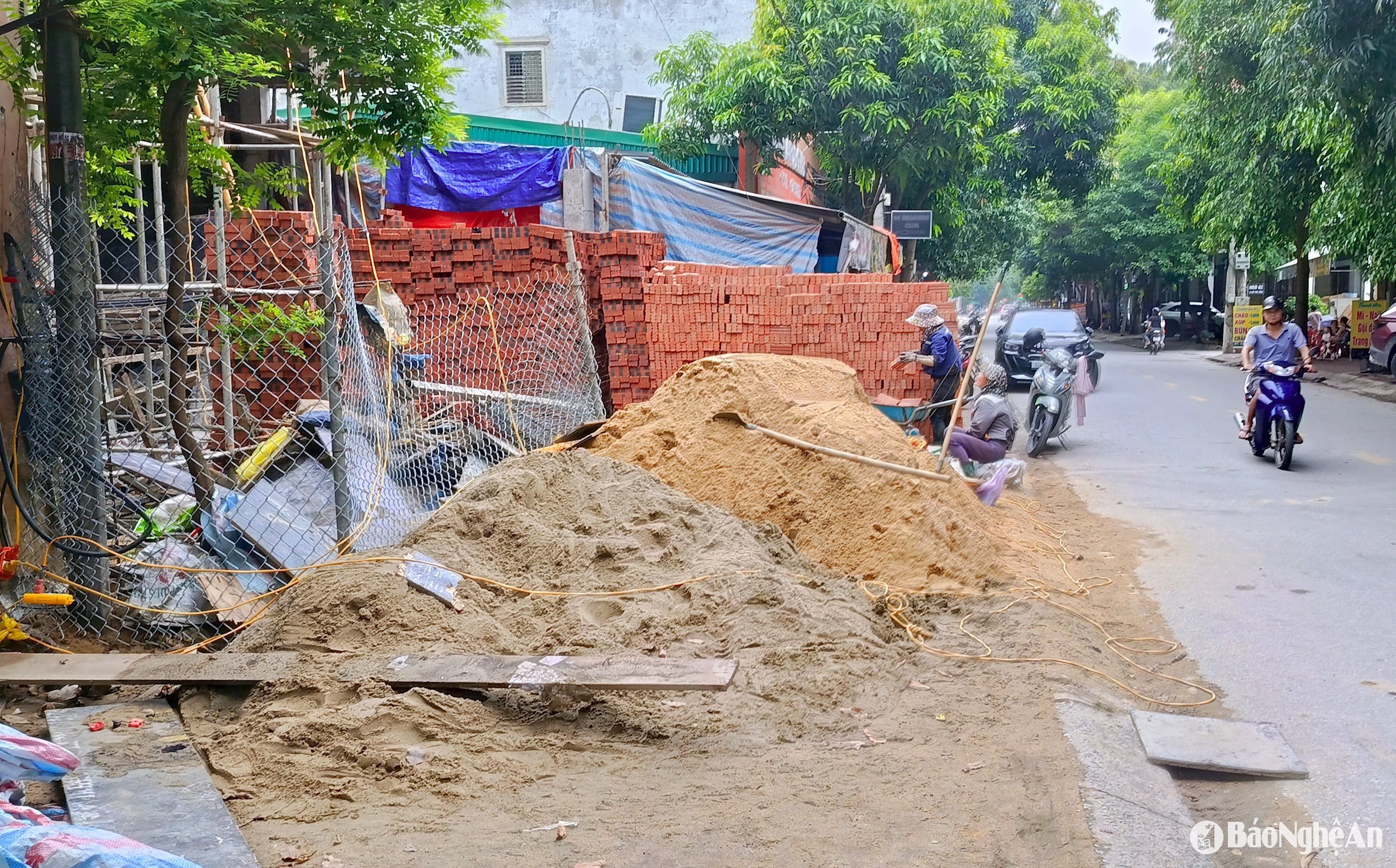
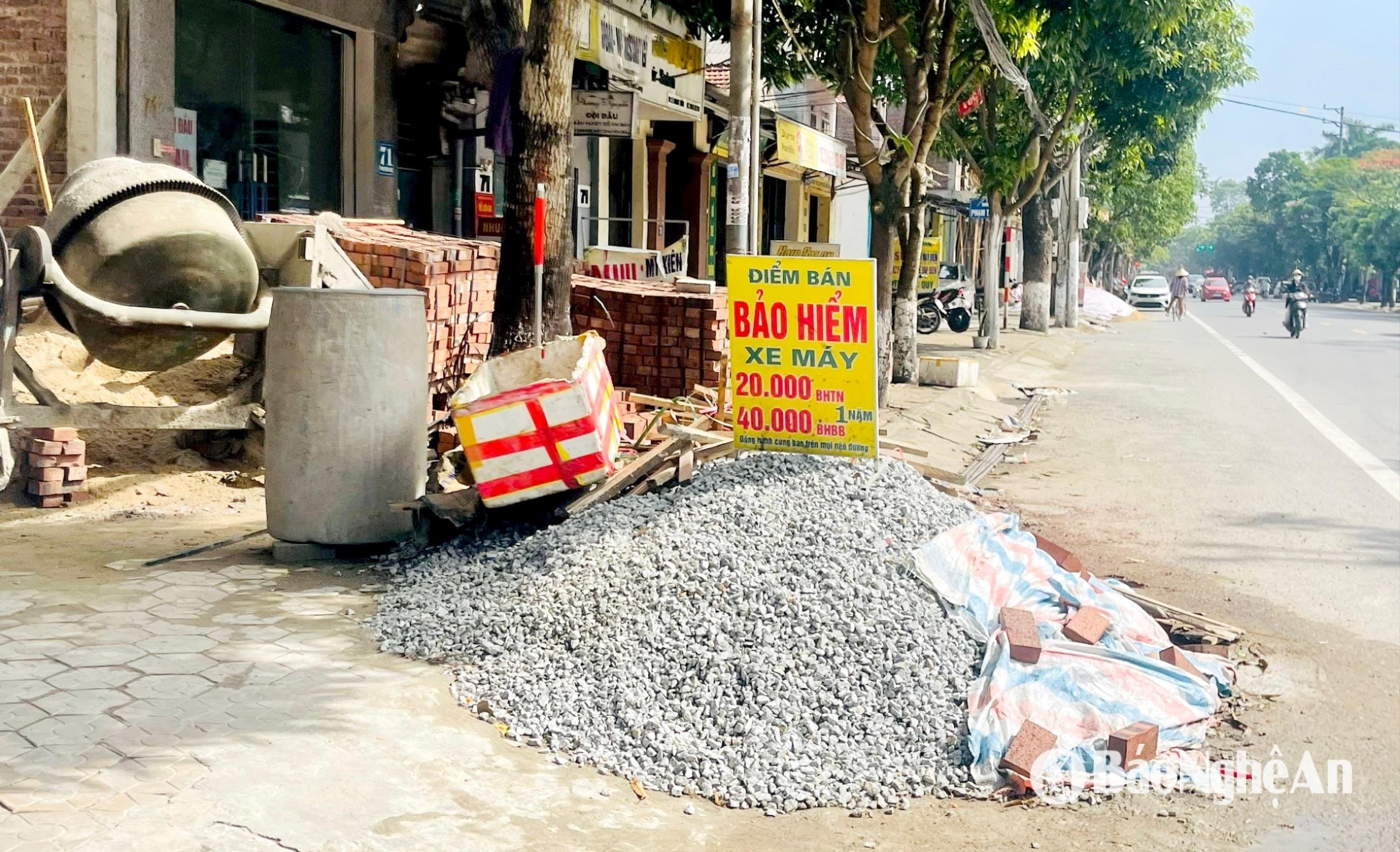
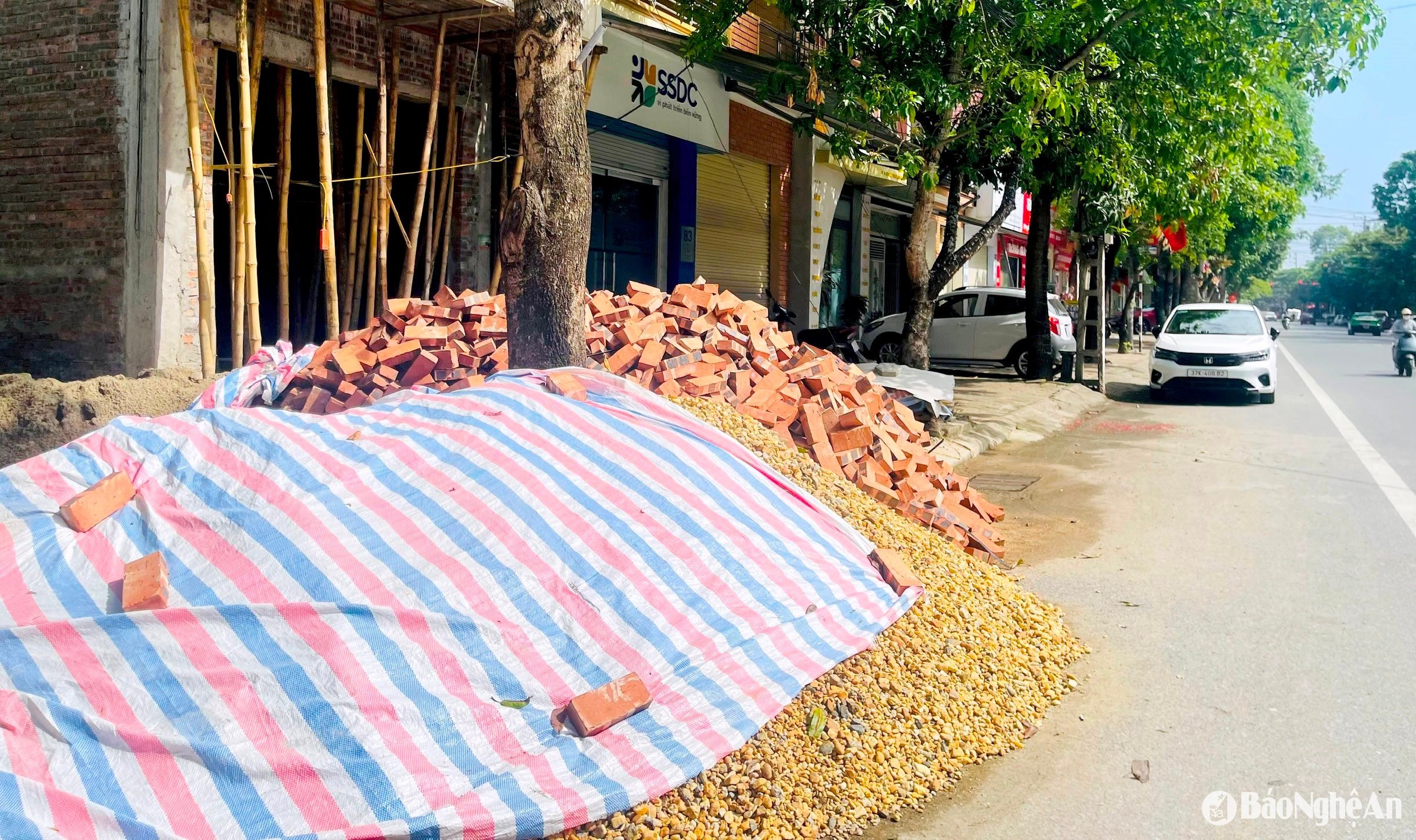
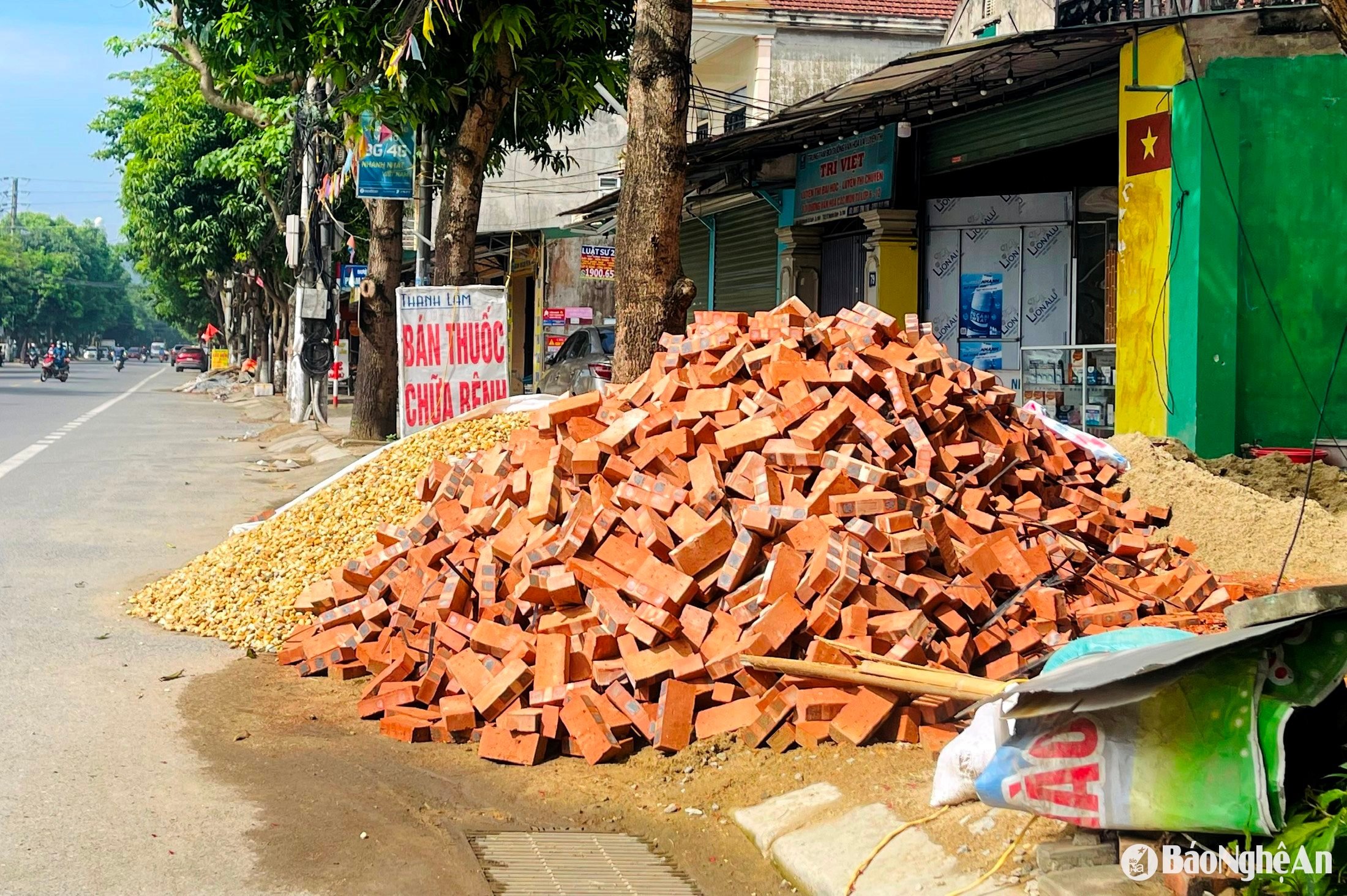
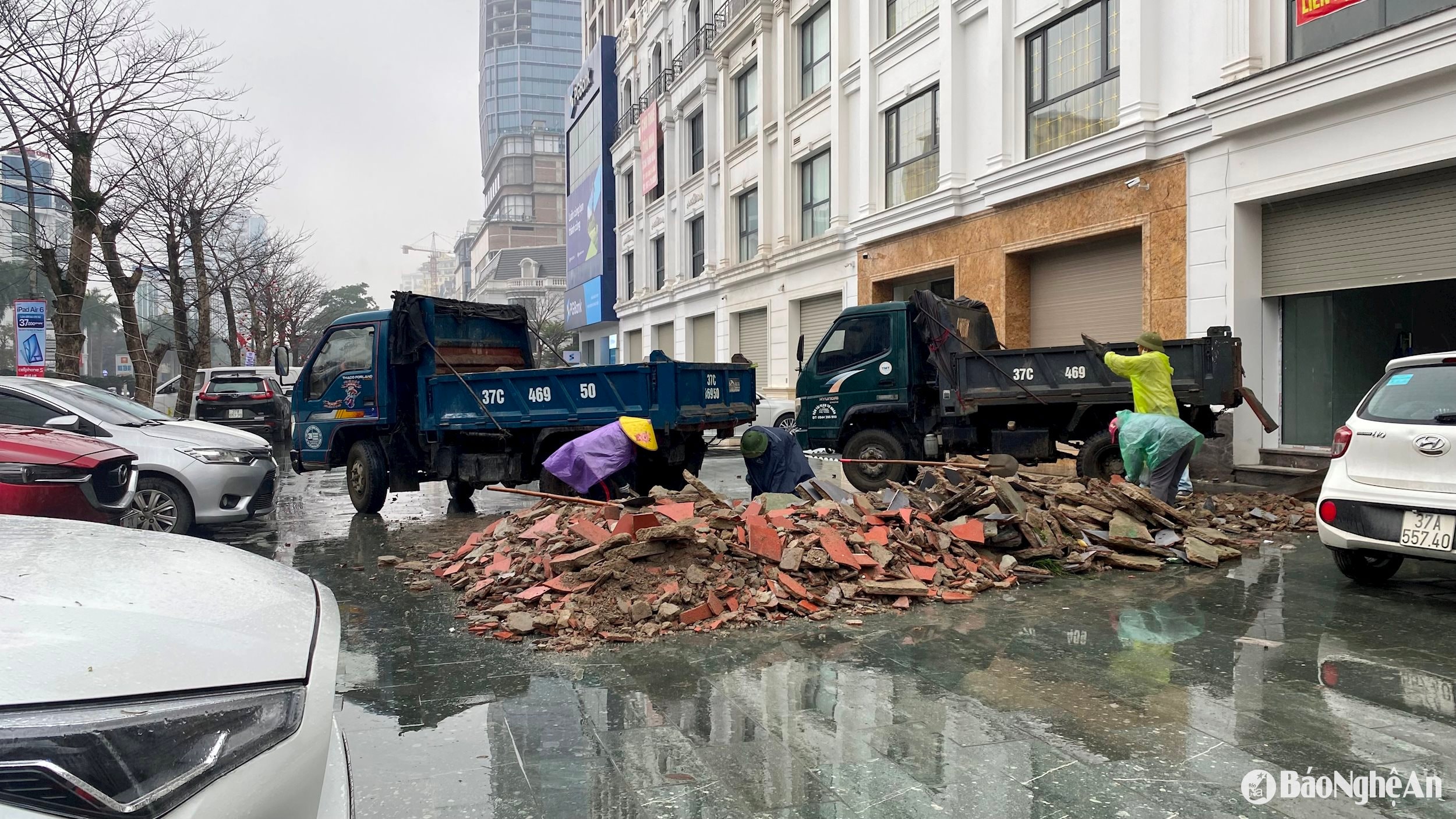
![[Photo] Two flights successfully landed and took off at Long Thanh Airport.](/_next/image?url=https%3A%2F%2Fvphoto.vietnam.vn%2Fthumb%2F1200x675%2Fvietnam%2Fresource%2FIMAGE%2F2025%2F12%2F15%2F1765808718882_ndo_br_img-8897-resize-5807-jpg.webp&w=3840&q=75)





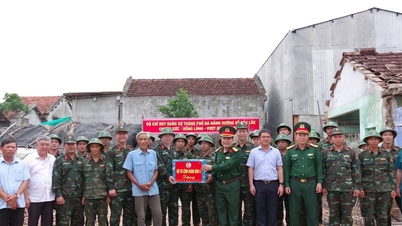

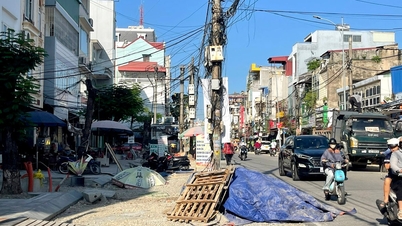

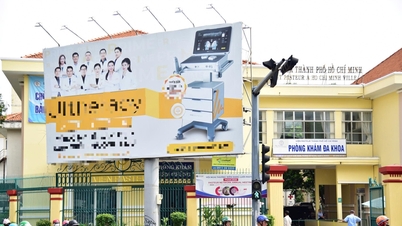

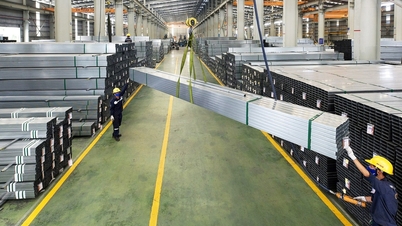
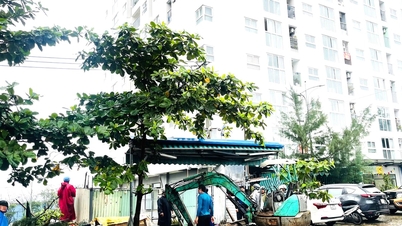
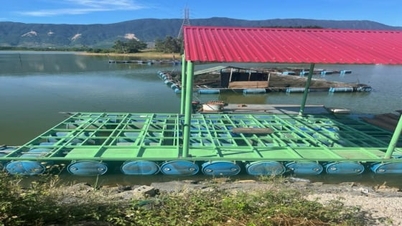



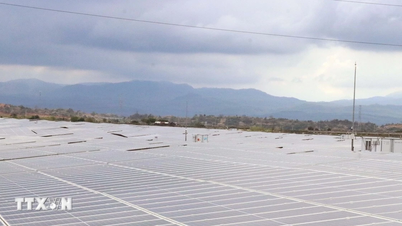





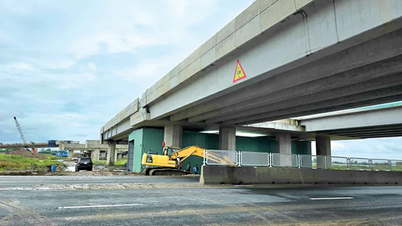




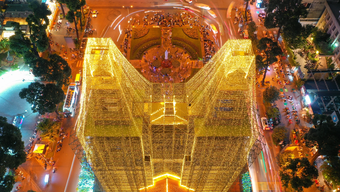



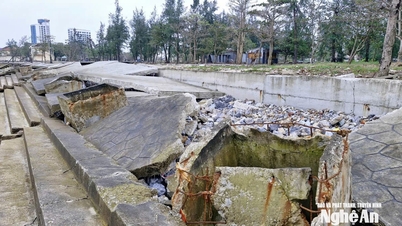






















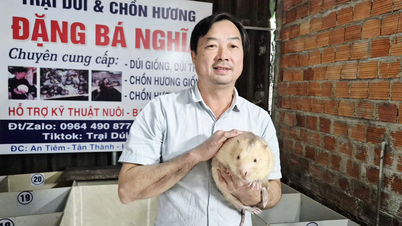

































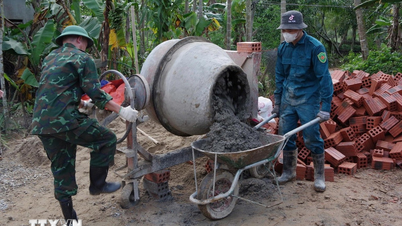









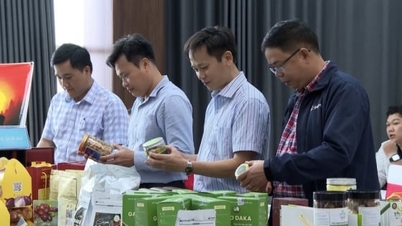







Comment (0)